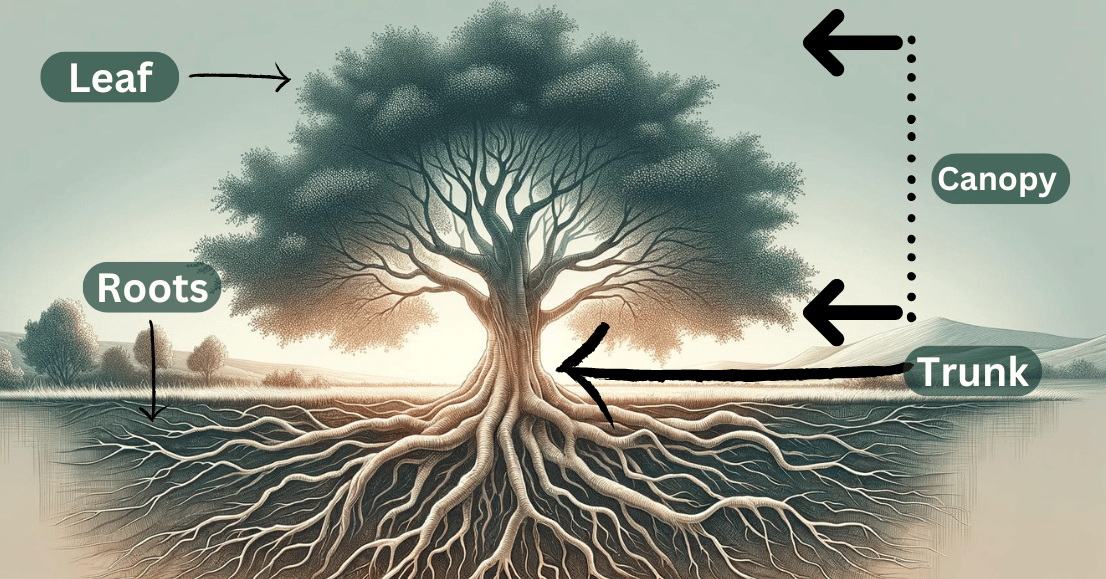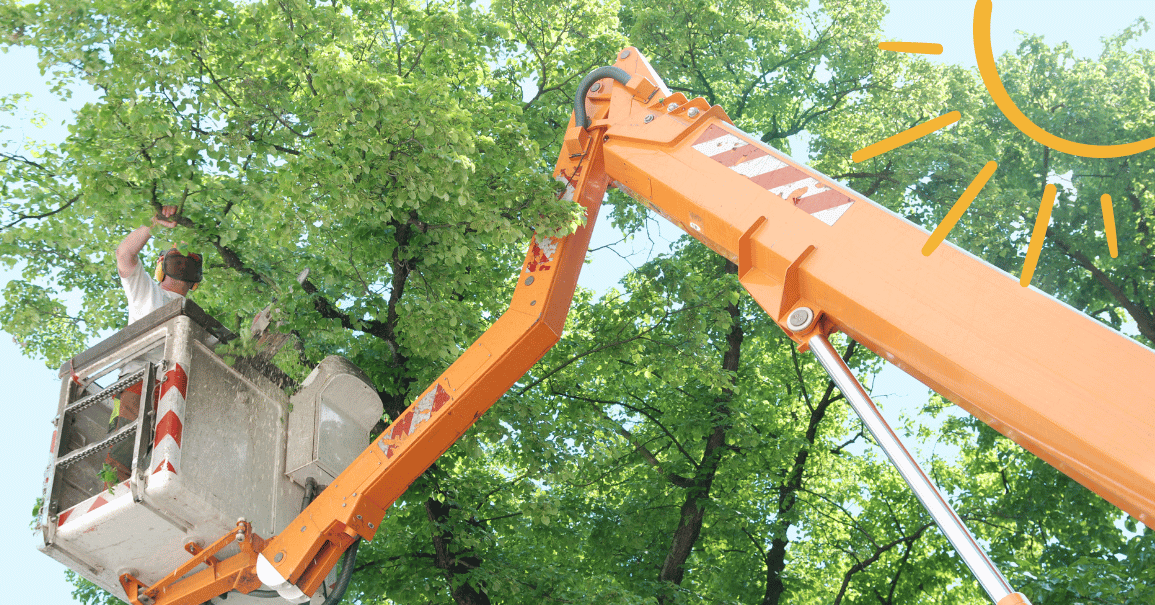Brown patch disease, caused by the fungus Rhizoctonia solani, is one of the most prevalent and destructive turf diseases worldwide. It poses a significant threat to many common lawn grasses, including tall fescue, perennial ryegrass, Kentucky bluegrass, bentgrass, bermudagrass, zoysiagrass, and St. Augustinegrass. Brown patch fungus is particularly troublesome during midsummer when night temperatures exceed 68°F and daytime temperatures average 80°F or higher. Rainy weather and high humidity can accelerate the disease's development, making it a persistent challenge for lawn care professionals and homeowners alike.
What Causes Brown Patch Disease?
Several factors can contribute to the development and spread of brown patch disease. Understanding these factors is crucial for effective prevention and treatment:
Environmental Conditions
- Temperature and Humidity: Brown patch disease thrives in warm, humid conditions. Nighttime temperatures above 68°F and daytime temperatures around 80°F or higher create an ideal environment for the fungus to flourish.
- Moisture: Excessive moisture from rainy weather, high humidity, over-watering, or watering in the late afternoon can promote the growth of Rhizoctonia solani.
Soil and Lawn Conditions
- Poor Soil Drainage: Waterlogged soils provide a perfect breeding ground for fungal diseases.
- Lack of Air Movement: Stagnant air can trap moisture, creating a humid environment that favors fungal growth.
- Shade: Shaded areas often retain moisture longer than sunny spots, increasing the risk of fungal infections.
- Cloudy Weather and Dew: Persistent cloud cover and morning dew can keep lawns damp for extended periods, encouraging disease development.
Lawn Maintenance Practices
Excessive Nitrogen Fertilization: High nitrogen levels can make the grass more susceptible to fungal diseases by promoting lush, tender growth that is more prone to infection.
Identifying Brown Patch Disease
Early identification of brown patch fungus is essential for effective management. Symptoms typically appear as circular patches of brown, dead grass, often surrounded by a dark, smoky ring known as a "smoke ring." These patches can range from a few inches to several feet in diameter. Infected grass blades may show lesions with a tan center and a dark brown border. If you suspect your lawn is infected, take a closer look at the affected areas to confirm the presence of these characteristic signs.
Preventing Brown Patch Disease
Preventing brown patch fungus involves a combination of proper lawn care practices and environmental management:
Lawn Care Practices
- Watering: Water deeply and infrequently, preferably in the early morning, to allow the grass to dry during the day. Avoid watering in the late afternoon or evening.
- Mowing: Keep your mower blades sharp and avoid mowing too low. Taller grass is more resilient and better able to withstand stress.
- Fertilization: Apply nitrogen fertilizers judiciously. Follow recommended rates and avoid excessive applications, especially during warm, humid weather.
Environmental Management
- Improve Soil Drainage: Ensure your lawn has good drainage to prevent waterlogging. Aerate compacted soils and incorporate organic matter to improve soil structure.
- Increase Air Circulation: Prune overhanging branches and trim dense shrubs to enhance air movement around your lawn.
- Reduce Shade: If possible, reduce shade by trimming trees and shrubs that block sunlight. This helps the grass dry more quickly after watering or rain.
Treating Brown Patch Disease
If brown patch disease has already taken hold of your lawn, prompt treatment is essential to minimize damage and prevent further spread. Several organic and chemical treatments are available:
Organic Treatments
- OMRI-Certified Products: Use products certified by the Organic Materials Review Institute (OMRI) for safe and effective control of fungal diseases.
- Homemade Remedies: A mixture of one gallon of water, one teaspoon of vegetable oil, and one tablespoon of baking soda can be sprayed on affected areas to help combat the fungus. Alternatively, neem oil mixed with water according to the label's instructions can be effective.
- Horticultural Cornmeal: Spread horticultural cornmeal at a rate of about 2 pounds per 100 square feet of affected lawn. Cornmeal contains natural fungicidal properties that can help control the disease.
Chemical Treatments
Fungicides: In severe cases, chemical fungicides may be necessary. Choose a fungicide labeled for brown patch control and follow the manufacturer's instructions carefully. Be mindful of potential environmental impacts and consider using these treatments as a last resort.
Maintaining a Healthy Lawn
A healthy, well-maintained lawn is less susceptible to diseases like brown patches. Regular lawn care practices prevent fungal infections, including proper watering, mowing, and fertilization. Regular aeration and dethatching can improve soil health and reduce thatch buildup, creating a less favorable environment for fungi.
Conclusion
Brown patch disease is a formidable adversary for lawns. Still, it can be managed successfully with proper prevention, early identification, and effective treatment. By understanding the factors contributing to the disease and implementing best practices for lawn care, homeowners can maintain lush, healthy lawns even in the face of challenging conditions.
At Strobert Tree Services, we specialize in expert tree care. Our team of professionals is equipped to handle all your pruning and tree maintenance needs, ensuring your landscape remains beautiful and healthy. If you suspect brown patch fungus or need assistance with lawn care, contact us today for expert advice and services. Together, we can keep your lawn green and vibrant all season long.











